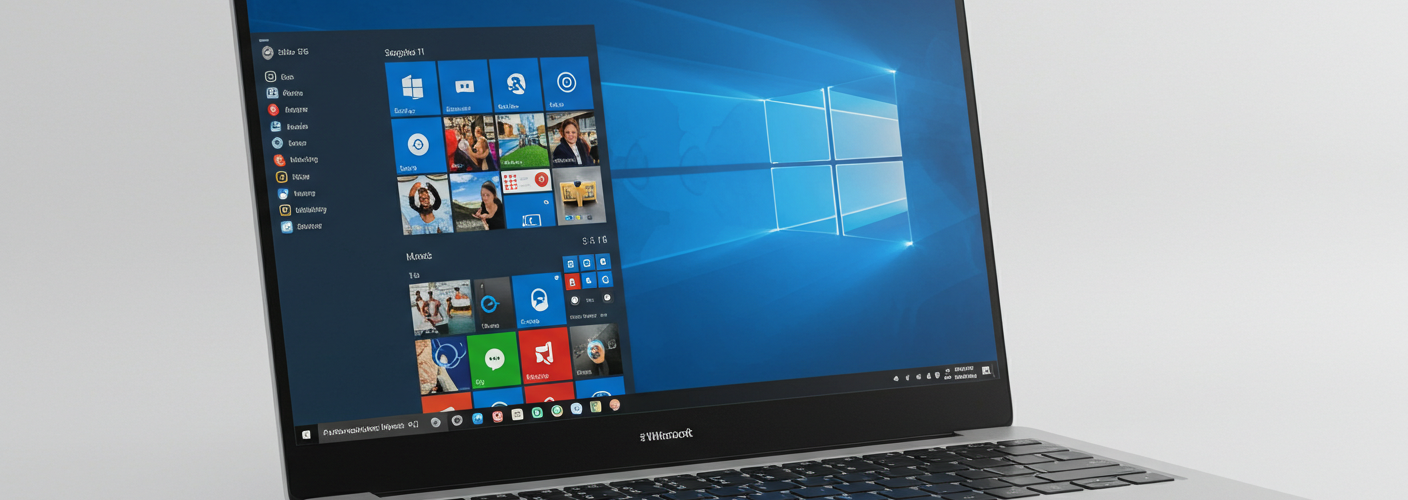How to Legally Use Two Devices on One Microsoft Account
Having multiple devices under a single Microsoft account can be a great way to streamline your digital environment, but there are specific steps you need to follow to ensure you remain compliant with licensing agreements. If you’ve recently purchased a new laptop and want to install Windows 10 or Windows 11 alongside your existing desktop, here’s how to do it legally.
1. Understanding Windows Licensing
When you purchase a digital copy of Windows, it typically comes with a license key associated with your Microsoft account. In your case, you’ve purchased a license for Windows 10 Home. This license is valid for a single device. If you were to install it on another device without obtaining a second license, you would effectively violate Microsoft’s licensing terms.
2. Purchasing a Second License
To operate legally and install Windows on your new laptop, you will need to buy a second license. Fortunately, you can do this directly through your Microsoft account. Go to the Microsoft Store, where you can purchase a Windows 11 Home license. If you decide to stick with Windows 10, ensure you select the appropriate version that aligns with your existing license.
When purchasing, your new Windows license will be linked to your Microsoft account, allowing for easier management across devices. You won’t need to create a separate Microsoft account specifically for the new license.
3. Installation Process
Once you have your second license, install the desired Windows version on your new laptop. During the installation process, you’ll be prompted to enter your product key. At this stage, you can input the new key associated with your laptop.
If you initially purchased Windows 10 and wish to upgrade to Windows 11 on the laptop, your new license should allow you this flexibility. You can install Windows 11 on your new device without creating confusion with your primary PC, as each license is separate yet linked to your account.
4. Managing Devices on Your Microsoft Account
With both devices activated under one Microsoft account, you can easily manage your licenses. Sign in to your Microsoft account on either device to access shared features, applications, and your personalized settings. It’s worth noting that Microsoft allows you to link multiple devices to one account, but the licenses must be separate for each device.
5. Compliance and Future Considerations
Remember that licenses are crucial in maintaining compliance with software usage. Should you decide to sell your current device or transfer your existing license, ensure you follow Microsoft’s guidelines on license transferability. Microsoft typically allows you to transfer a retail license to another device, but OEM licenses (those pre-installed on devices) usually cannot be transferred.
In conclusion, having two separate devices legally on one Microsoft account is entirely feasible as long as you acquire separate licenses for each machine. With a second license purchased and properly activated, you can enjoy using Windows on both your new laptop and existing PC without any legal concerns.





Add comment